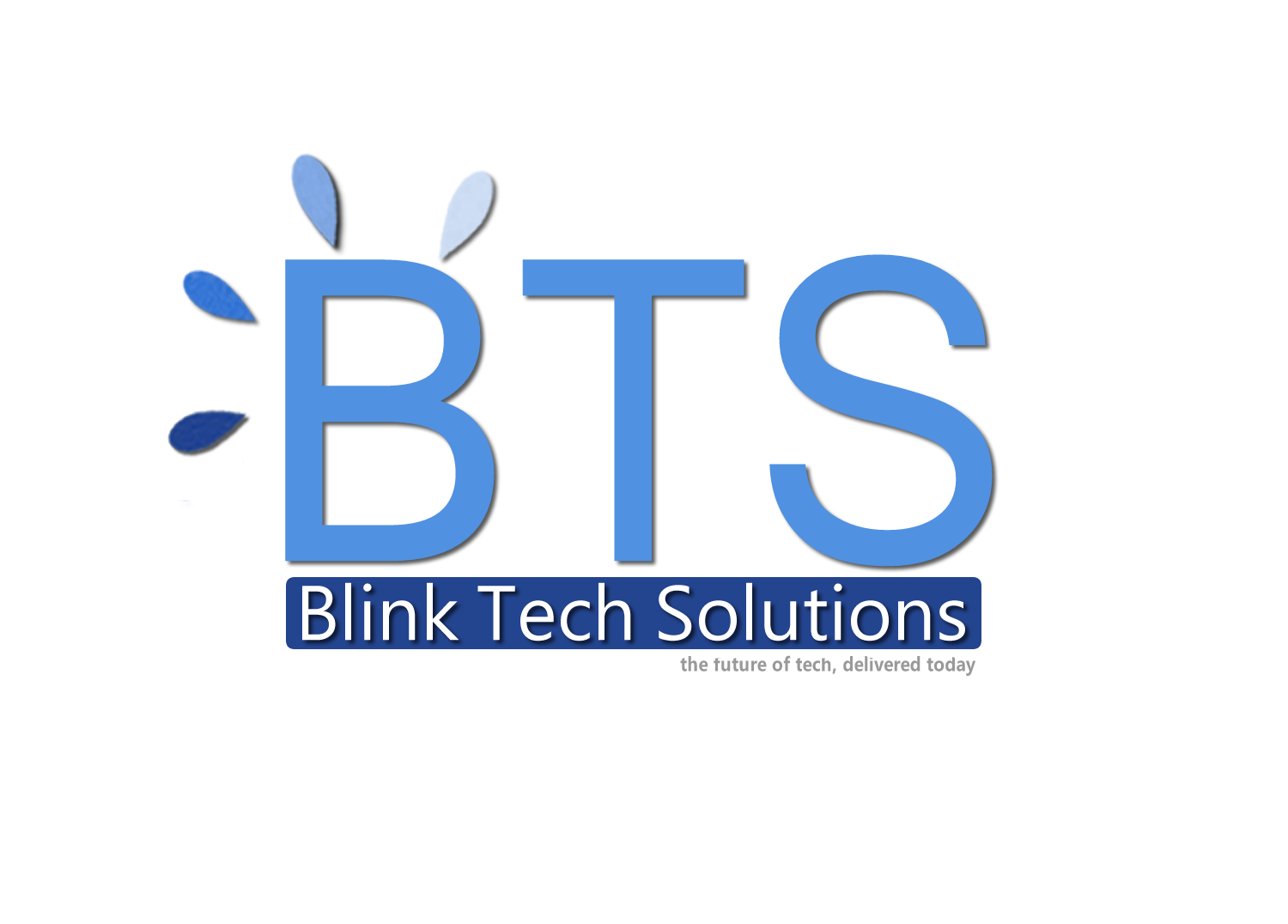
Underserved communities around the world remain unable to access quality education. Education is being revolutionized by Information Technology (IT), which is removing geographical, cost, and resource barriers. Technology can bridge the gap and enable people of all socioeconomic backgrounds to have access to learning opportunities.
Technology is improving access to education for underserved communities in these ways:
1. Bridging the Digital Divide
The role of IT is crucial in closing the digital divide between those with and those without access to digital resources.
- Affordable Devices: By providing affordable laptops, tablets, and smartphones, students in underserved areas are gaining access to digital learning.
- Providing connectivity solutions : Offering free or low-cost internet access and Wi-Fi hotspots helps low-income and remote communities stay connected.
Through these advancements, students are able to access online learning platforms and educational resources wherever they are.
2. Online Learning Platforms and MOOCs
Providing high quality education to anyone with an internet connection has become possible due to Massive Open Online Courses (MOOCs).
- Here are a few examples: Online learning platforms such as Khan Academy, Coursera, and EdX distribute free or low-cost courses.
- Localized Content: Content is now available in a variety of languages on many platforms, catering to a number of different audiences.
Education has become democratized, resulting in students gaining skills and knowledge previously out of reach.
3. Mobile Learning (mLearning)
Educators are using mobile phones to teach in communities where computers are not available.
- Benefits of mLearning:
- It is possible for students to learn anywhere, anytime.
- Interactive and engaging learning is possible with apps such as Duolingo, Quizlet, and Byju’s.
- Programs based on SMS provide educational content in areas with little or no internet access.
The mobile technology makes it possible to continue learning even in remote regions.
4. Videoconferences and virtual classrooms
There has been a dramatic increase in the use of virtual classrooms, including Zoom, Microsoft Teams, and Google Meet.
- Teacher Access: With this technology, educators can now interact with students in underserved regions without having to physically travel there.
- Interactive Learning: Online learning becomes more engaging and effective when live discussions, screen sharing, and whiteboards are used.
As a result of natural disasters or pandemics disrupting traditional schooling, these tools become particularly useful as a result.
5. Open Educational Resources (OER) and Digital Libraries
Books, research papers, and course materials are freely available in digital libraries and open educational resources.
- Examples: There are thousands of free educational materials available through projects like Project Gutenberg and OpenStax.
- Impact: Physical textbooks are no longer required, which are costly and hard to find in underserved areas.
In this digital world, learners have access to a wealth of information that will empower them to explore and study independently.
6. Technology-driven teacher training and support
Education is also enhanced through the use of technology, which enables educators to deliver a better education.
- The availability of online training programs: The courses and certifications available online will benefit underserved teachers.
- Community Platforms: Forums and platforms like Teach For All promote collaboration among educators by facilitating resource sharing and best practices.
IT empowers teachers to provide a better educational experience for their students.
7. Making education accessible to students with disabilities
Using IT tools makes education more inclusive for students with disabilities.
- The use of assistive technologies: These technologies provide visual, auditory, and physical impairment students with access to information.
- An adaptive learning system: A platform that adapts learning based on the student’s individual needs ensures that no student is left behind in learning.
Increasing the accessibility of education is critical, and IT is helping to break down barriers in unprecedented ways.
8. Gamification and Engagement
With the help of IT, education can be made more fun and engaging for students by incorporating gamification.
- Examples: Tools such as Kahoot! Classcraft makes lessons interactive, increasing student engagement.
- The Benefits: Gamification makes learning more engaging, especially for younger students or those with limited access to traditional forms of education.
9. Data-Driven Insights for Personalized Learning
Students’ progress can be tracked and improvements identified using learning management systems such as Moodle and Blackboard.
- Personalized Education Plans: Teachers can tailor lessons to the needs of individual students, ensuring that learning is as effective as possible.
- Early Intervention: The use of data makes it easier to identify struggling students early, so that timely support can be provided.
Using this targeted approach improves the efficiency and impact of education.
10. Encouraging lifelong learning
The use of technology ensures that education continues long after high school or college. It is possible for adults from underserved communities to access online skills-building courses, certifications, and vocational training.
- Platforms Like: LinkedIn Learning and Udemy allow users to enhance their employability and adapt to changing job markets.
- Community Impact: Communities underserved by education benefit from lifelong learning through economic growth and self-reliance.
Challenges and directions for the future
Even though IT in education has the potential to transform learning, it faces a number of challenges, including:
- Infrastructure Gaps: There is still a lack of reliable internet access and electricity in many areas.
- Digital Literacy: It is essential for students and teachers to gain training on how to use IT effectively.
- Cost Barriers: Many communities cannot afford even subsidized devices and services.
Collaboration between the public, non-profit, and private sectors is vital to addressing these issues. A number of initiatives, such as One Laptop Per Child and Project Loon, aim to help children.
Conclusion
With the help of information technology, education is becoming more accessible and inclusive for underserved communities. It is impossible to overstate how transformative IT can be, from online learning platforms to assistive technologies. Investing in information technology infrastructure and education technologies will enable all individuals to learn and thrive, regardless of their circumstances.
A strong foundation for progress is education. Through IT, we can strengthen everyone’s foundation.

